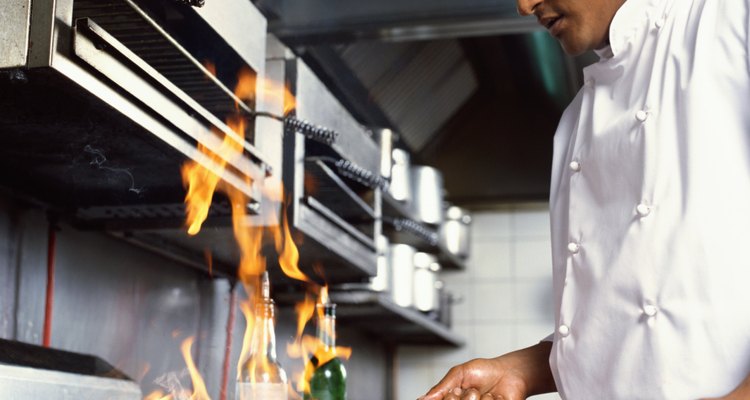
With hints of vanilla, pepper and allspice in the nose -- which come from oak-barrel aging -- and nuances of pears, melons or apricots on the palate, Cognac is a euphoric sensory experience. Although it's hard to find a worthy substitution for Cognac as an after-dinner drink, it's not when it's used as a gravy ingredient. If you're cooking with Cognac, you're probably making a brown gravy for meat, and if you're using an 80-proof alcohol when cooking meat, you're doing one of two things: flambeing or deglazing. There are several alternatives, namely Armagnac and brandy, you can use interchangeably with Cognac when making gravy.
Flambe
Step 1
Warm a few tablespoons of Armagnac, brandy, scotch or Bourbon in a saucepan over low heat. Keep the substitute liquor warm over the lowest possible flame on a gas stove, or on the "Warm" setting on an electric stove. If needed, offset the pan on the burner to keep the liquor from getting too hot -- you only want it at about 130 degrees Fahrenheit.
Step 2
Cook the meat over medium heat in a large saute pan with a few tablespoons of fat. Flambe and pan-gravies usually use clarified butter and beef, such as a fillet mignon, but you can use any meat and fat.
Step 3
Add aromatic vegetables to the pan after about one minute of cooking. Classic gravies use shallots, garlic and mushrooms, but you can use other quick-cooking vegetables, such as diced onions and tomatoes.
Step 4
Add about a few drops of an acid to the pan. Acids offset the taste of the liquor and "cut" the fat in the gravy. Gravies commonly call for lemon juice or Worcestershire sauce.
Step 5
Add chopped fresh herbs and a few tablespoons of room-temperature heavy cream to the pan. A base of 1/4 cup of cream makes enough gravy for two 5-ounce steaks or one 10-ounce steak.
Step 6
Tilt the pan forward and off the heat a little bit, just enough so the cream moves to the front of the pan. Pour the substitute liquor on top of the cream where it collected in the front of the pan. Turn the heat to high if using a gas stove. The flames will ignite the substitute liquor's vapors. Light the vapors with a match if using an electric stove.
Step 7
Swirl the gravy in the pan around the meat. The flame subsides after a few seconds. Taste the gravy and season if needed with kosher salt and freshly ground black pepper.
Deglaze
Step 1
Chill Armagnac, brandy, scotch or Bourbon in a measuring cup or glass in the refrigerator. You want the substitute liquor chilled and ready to go when you need to deglaze the pan.
Step 2
Cook the meat in the saute pan or roasting pan and remove it. Pour off about all but 1 tablespoon of fat from the saute pan or roasting pan. If cooking in a roasting pan, place the pan directly on two burners on the stove.
Step 3
Set the heat to high and let the pan get nearly dry, a state of dryness referred to culinarily as au sec.
Step 4
Lift the pan off the heat a bit by tilting it forward. Pour a couple of tablespoons of substitute liquor in the pan and vigorously scrape up the brown, caramelized bits stuck to the bottom, referred to as the fond, with a wooden spoon.
Step 5
Cook the substitute liquor and fond until au sec, or nearly dry. Add stock or broth and stir. Finish the pan gravy by swirling in some butter and seasoning to taste with kosher salt and freshly ground black pepper.
Related Articles

How to Substitute Yogurt for Milk in ...
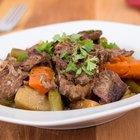
How to Make a Bottom Roast
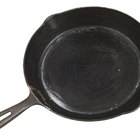
How to Cook Veal Sirloin
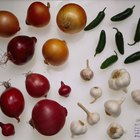
How to Cook Fresh Pearl Onions
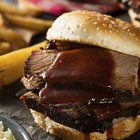
How to Make Corned Beef Gravy

How to Fry Fish Without Oil
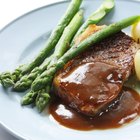
How to Make Homemade Gravy
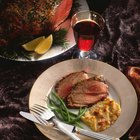
How to Cook With Demi-Glace

Calories in Beef Rump Roast

How to Make Prime Rib Pan Gravy

How to Cook With Pinot Grigio
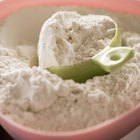
How to Thicken Beef Stroganoff

How to Cook Axis Deer Steaks

How to Cook Pan Fried Deer Tenderloin

What Temperature Should You Serve ...
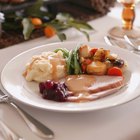
How to Make Homemade Gravy With a Roux ...

3 Ways to Pair Pot Roast and Pinot

A Substitute for Teriyaki
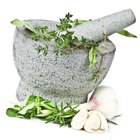
How to Make Rosemary & Thyme Sauce

How to Make White Sauce for Fish
References
Tips
- If your recipe doesn't require flambeing or deglazing, you can substitute half an amount of peach, apricot or pear juice by volume for the Cognac.
Warnings
- Use common sense when you cook with alcohol. Don't wear long, hanging sleeves, never pour straight from a bottle and always keep your face away from the pan.
- Never flambe or deglaze with a liquid that contains more than 40 percent alcohol, or has an 80-proof.
- Place a pot lid close to the stove in case you need to smother the flames.
Writer Bio
A.J. Andrews' work has appeared in Food and Wine, Fricote and "BBC Good Food." He lives in Europe where he bakes with wild yeast, milks goats for cheese and prepares for the Court of Master Sommeliers level II exam. Andrews received formal training at Le Cordon Bleu.
Photo Credits
Stockbyte/Stockbyte/Getty Images